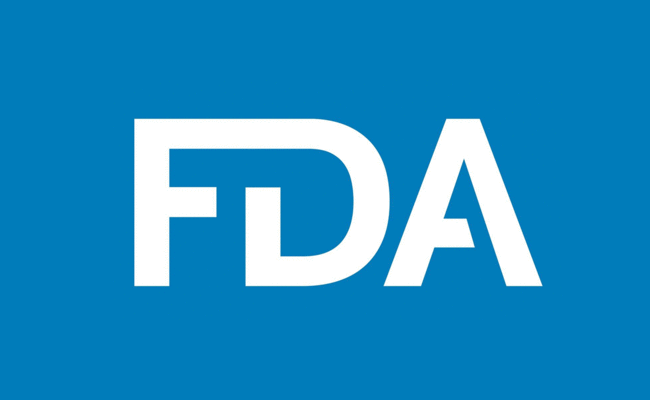Coalition Calls on FDA to Ban Music in Certain Pharmaceutical Ads
The 22-page citizen’s petition asks FDA to ban music in any ads on TV, radio, or social media advertisements for pharmaceuticals that address side effects and risks.

Source: FDA Official
- Knowledge Ecology International (KEI) recently filed a petition calling on the FDA to ban music in the sections of direct-to-consumer advertisements for pharmaceuticals that address side effects and risks.
The non-profit organization drafted the 22-page citizen’s petition along with the Center for Digital Democracy (CDD).
The petition targeted any ads that include sounds, including through broadcast television or radio, social media or Internet web pages, or through other means of reaching consumers directly.
“Advertisers use background music in order to achieve an outcome that is more favorable to expanding sales than would be the case if the company honored the intent of the FDA’s current provisions” the coalition said in the letter.
“However, it comes the expense and social cost of patients having a reduced comprehension of information on the side effects and risks of products.”
Specifically, message elements including background music, visuals, and on-screen text may interfere with consumer comprehension and detract from the presentation of important information consumers should know about the prescription drugs being advertised to them.
Back in 2009, FDA released guidance that noted that risks should be presented in clear, understandable language and without distraction.
Additionally, the agency noted that drug commercials must present a balance of the benefits and risks of prescription drugs. But the background music chosen for most drug commercials often distracts from the risks by being incompatible with its message, the petition stated.
Now the coalition is calling on FDA to amend 202.1 of the Code and Federal Regulations Title 21 on Prescription- Drug Advertisements to include a provision that bans background music completely.
“Banning background music from DTC drug advertisements when side effects are discussed is the logical step for the FDA to take in order to achieve the goals that they have already presented and are currently attempting to enforce,” they said.
“Banning music during discussions of side effects has the advantage also of being a clear bright line that is easy to enforce.”
A 2005 Congressional Report separated direct-to-consumer prescription drug advertising into three categories.
The first category is the “help-seeking ad,” which provides information about a medical condition and encourages patients to contact their physician. These advertisements fail to mention a product.
The second category is the “reminder ad,” which includes the product name, but it doesn’t mention the indication or make any claims.
Finally, the third and most common type is the “product claim ad,” which mentions the product and its indication and includes efficacy or safety claims.
“The FDA should acknowledge that music is used in AWS (advertising with sounds) in order to undermine appreciation and reduce understanding of information regarding side effects and risks of drugs,” the coalition said.
“Banning music from the risks section of AWS will lead to a more clear and concise presentation of material facts that should be important to the patient. A more informed patient will lead to more accurate diagnosis and better health care for the American people overall.”
Unlike KEI and CDD, some experts believe that music in the background of advertisements is beneficial to the purchaser.
A Consumer Research report uncovered that six out of 12 advertisements showed a substantial difference between the music and no music groups.
Advertisements containing calm or sedated music led to a positive attitude regarding the specific brand, and lead to decreased anxiety for the consumer.
Researchers emphasized that the emotional component of advertisements most likely affects purchase intent through brand attitude, which could lead to increase in usage.
Overall, individuals who viewed advertisements containing music had significantly increased emotional response, brand attitude, and purchase intent scores as compared to those who viewed the advertisement without music.
